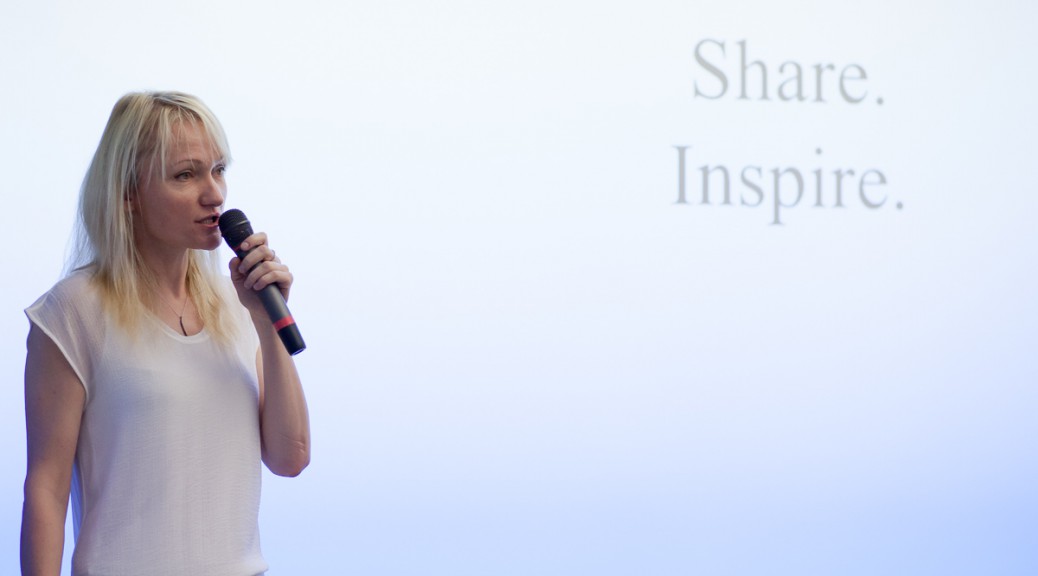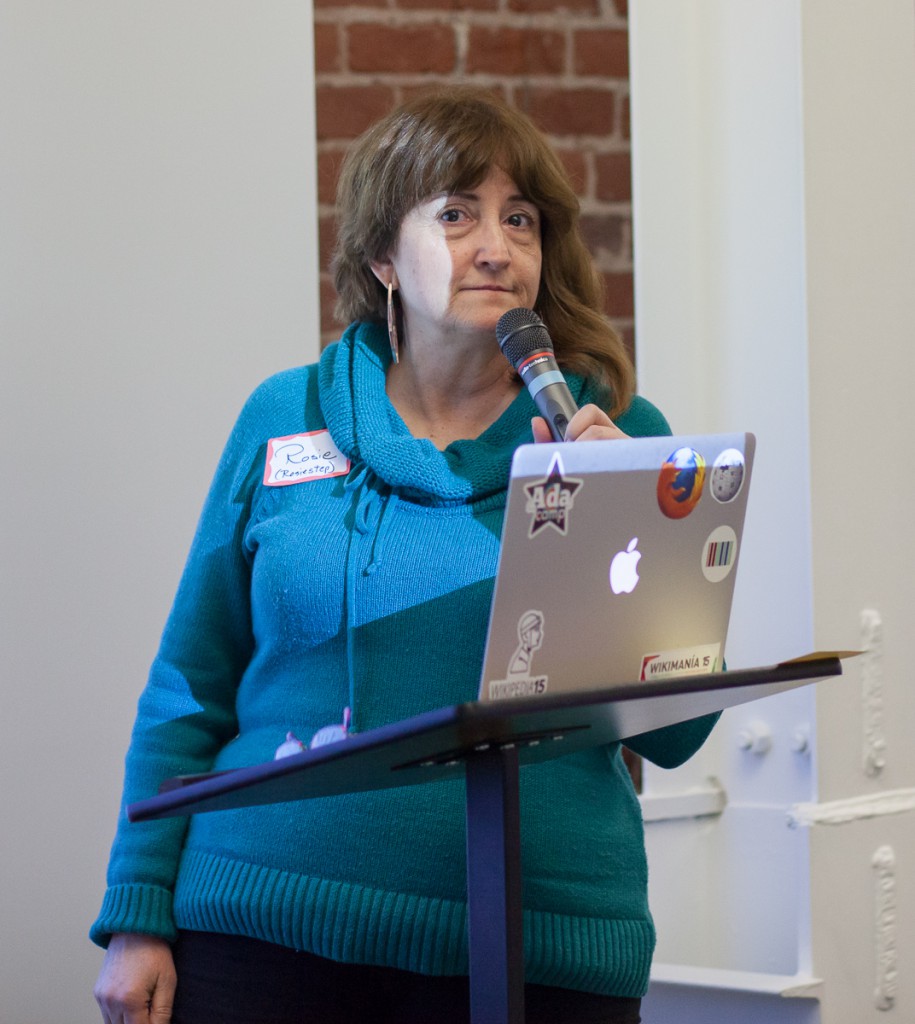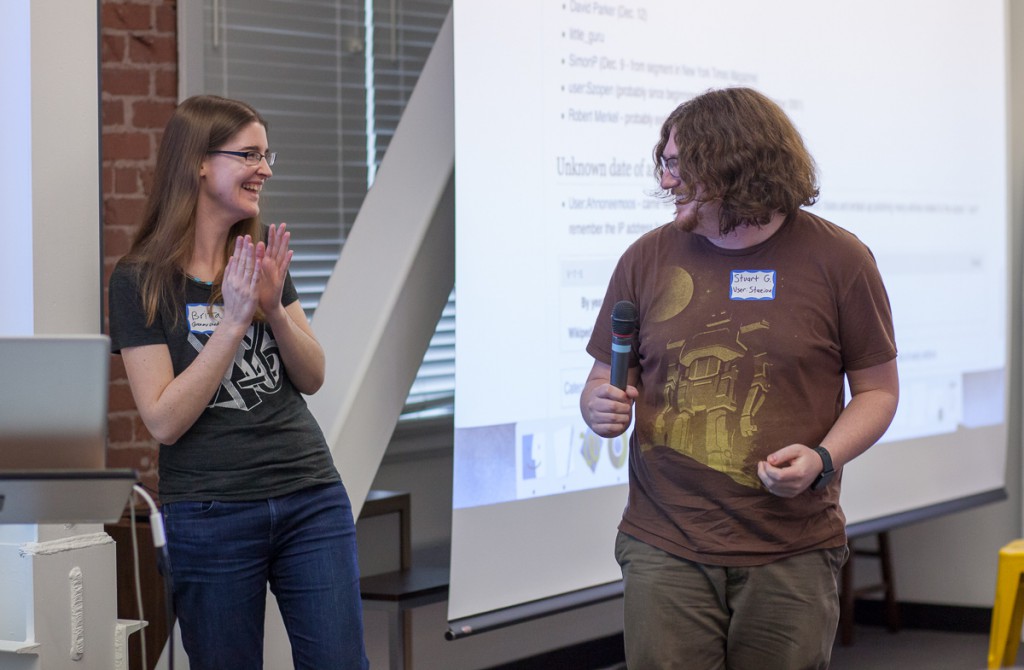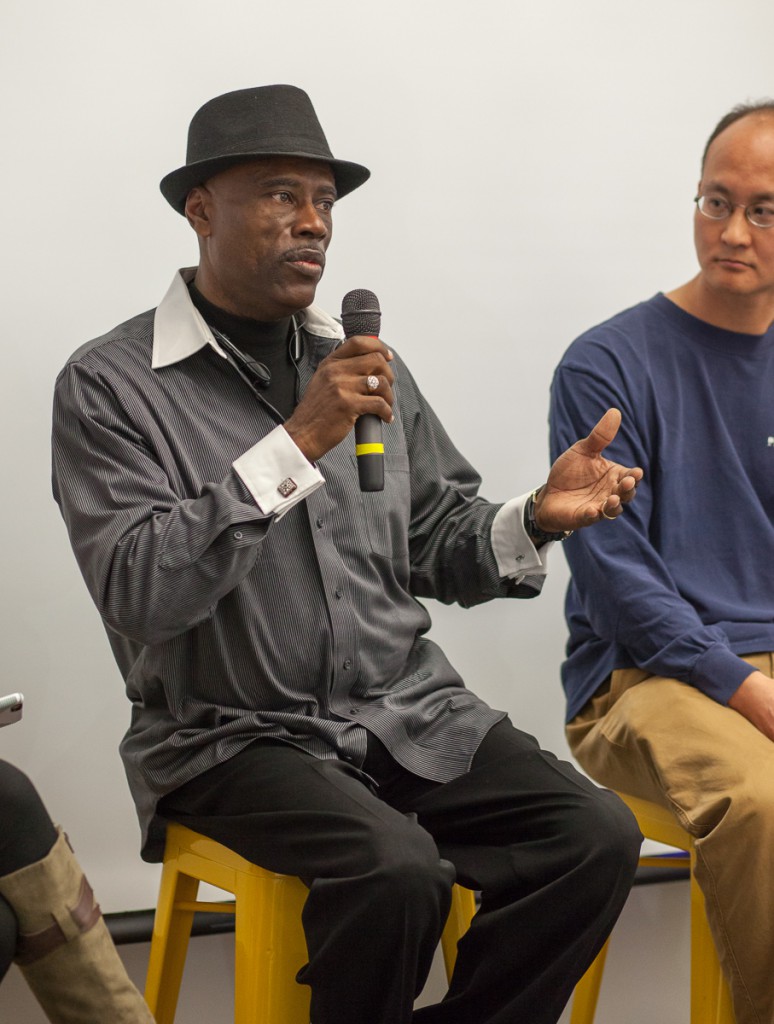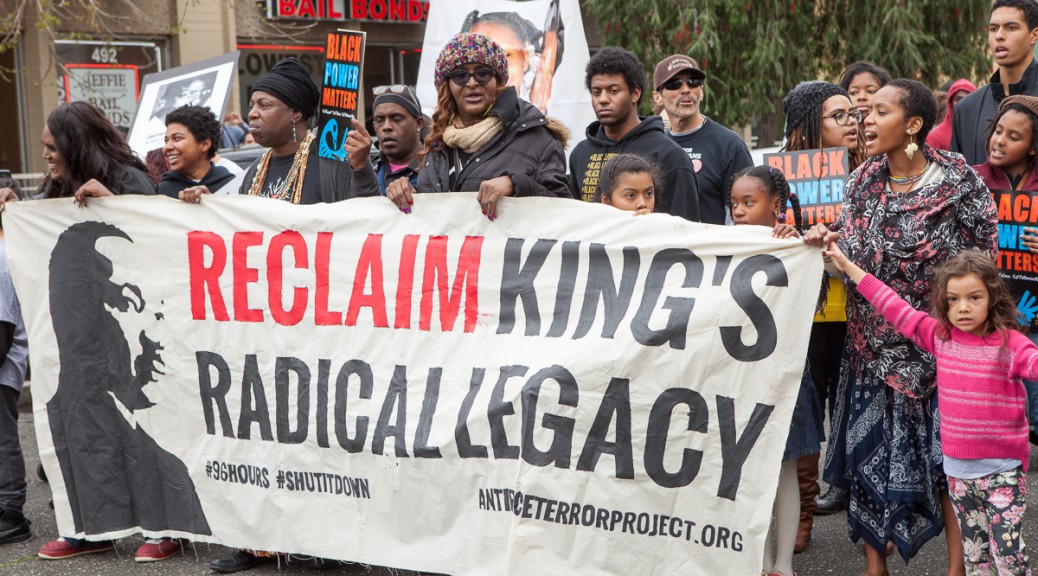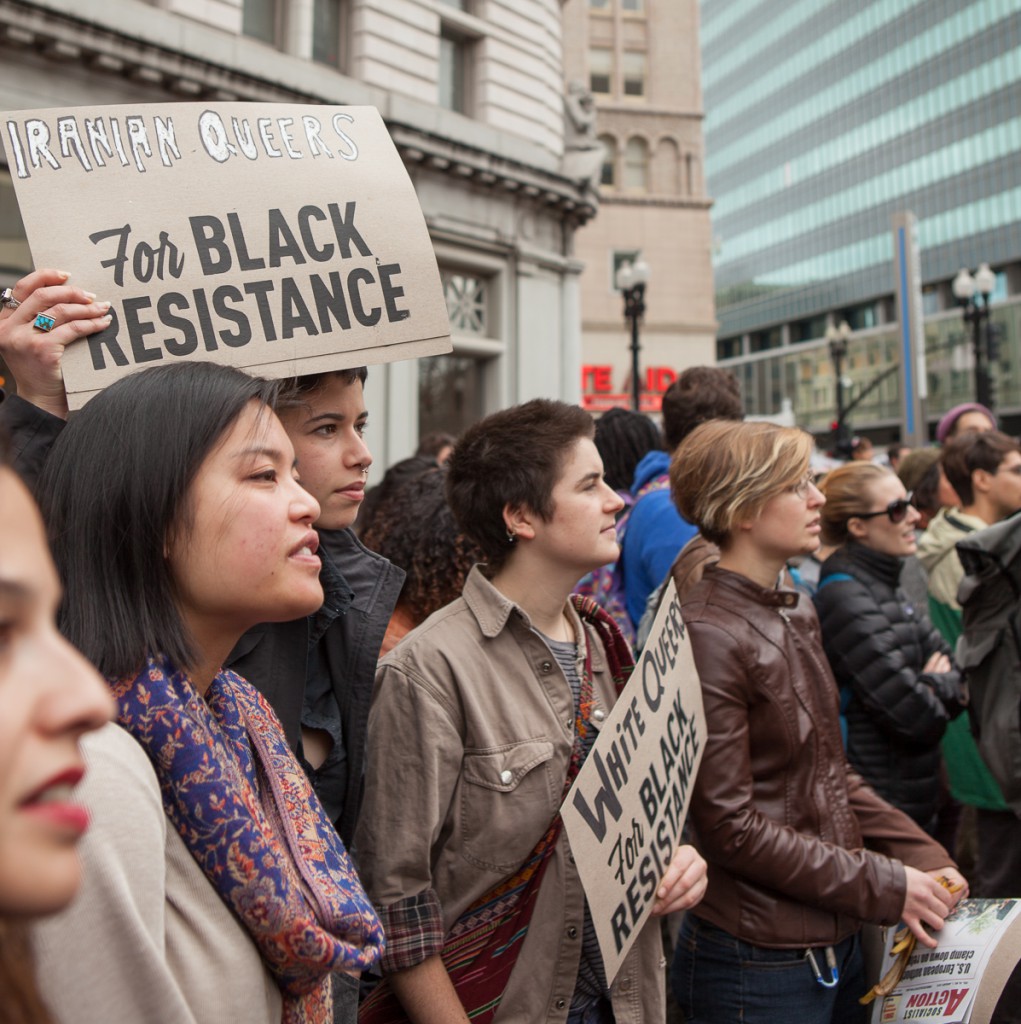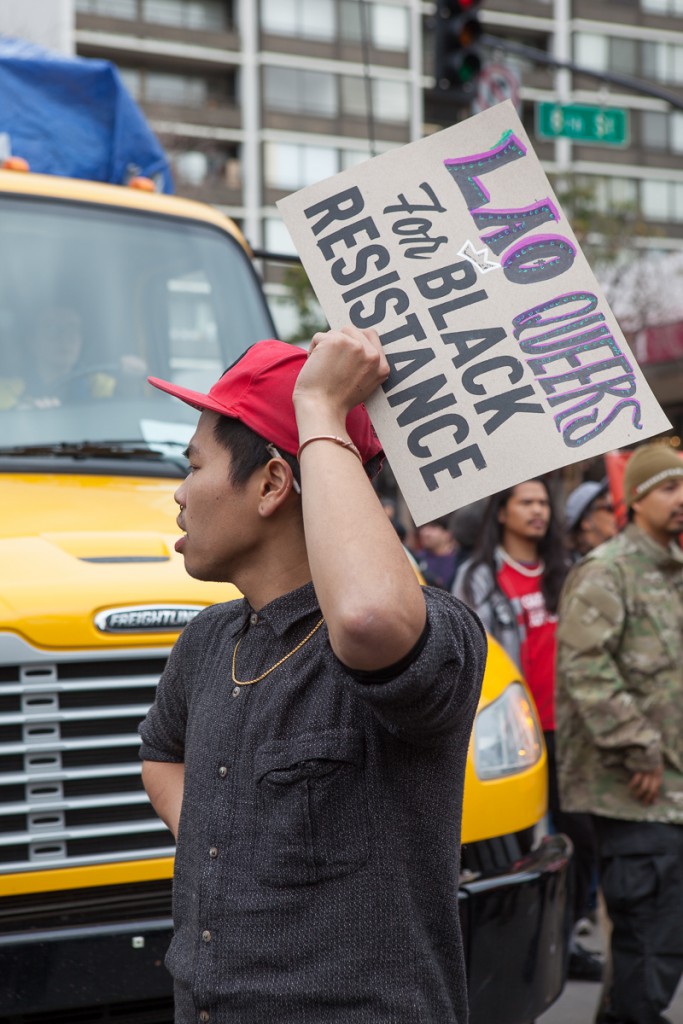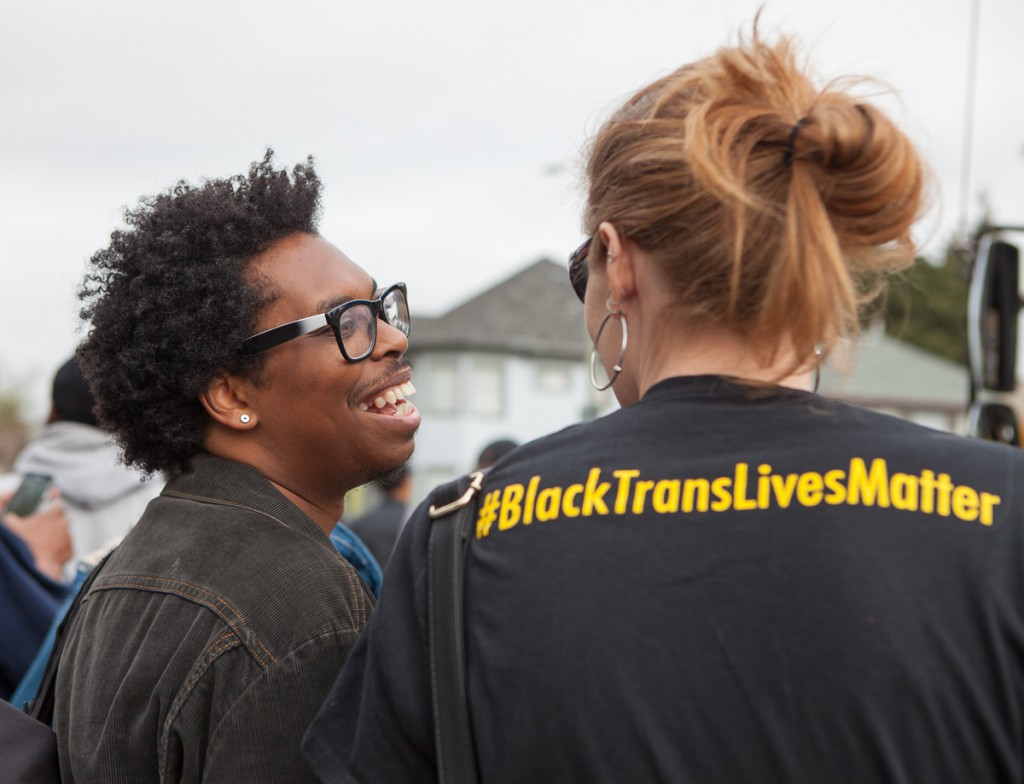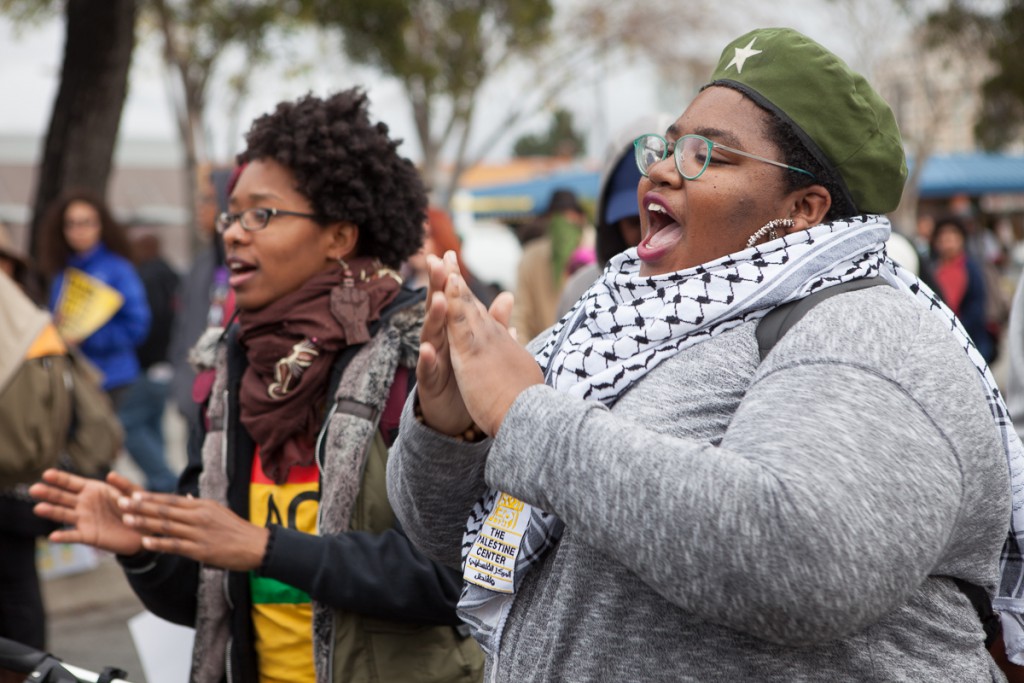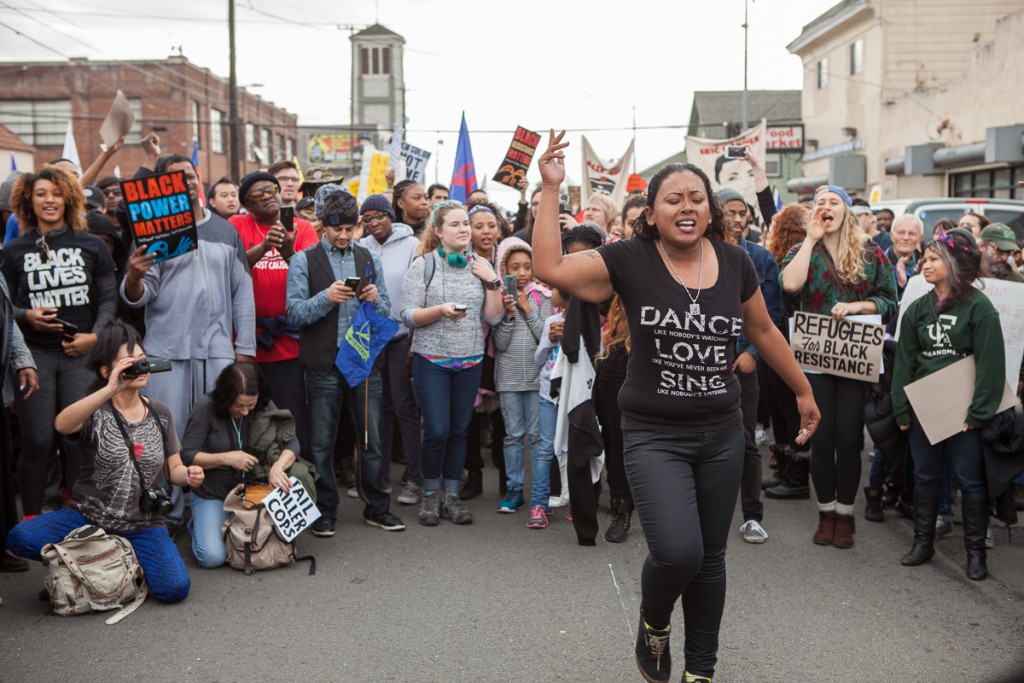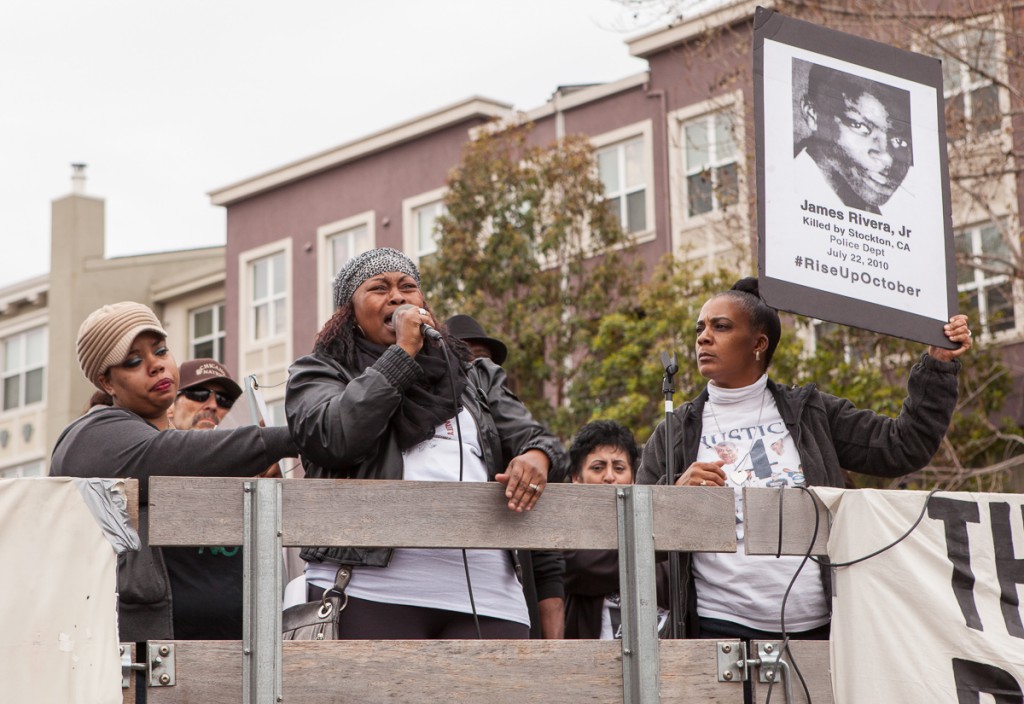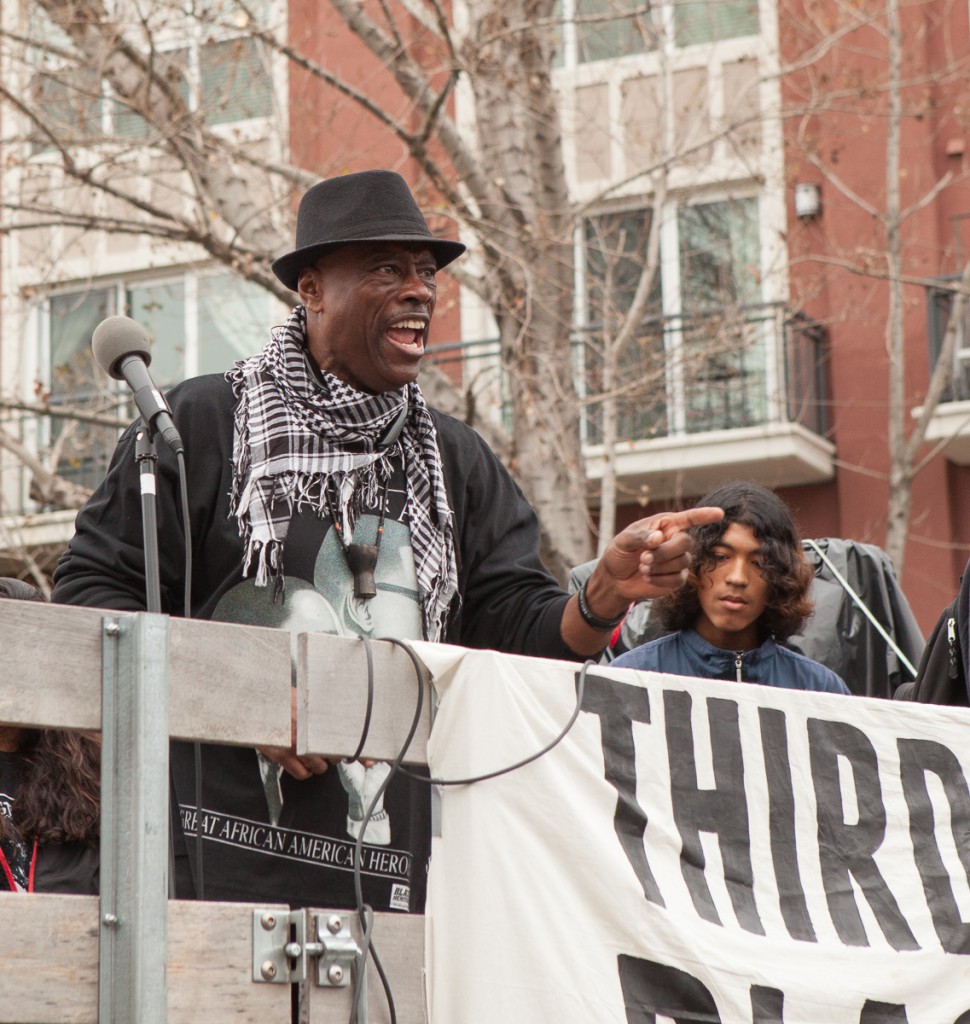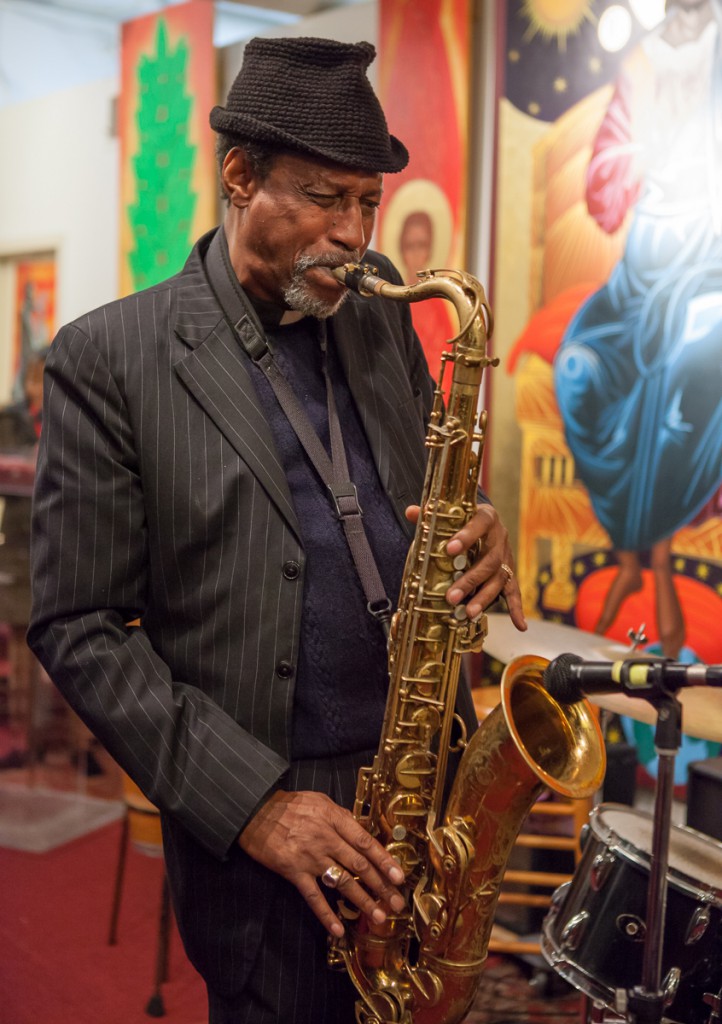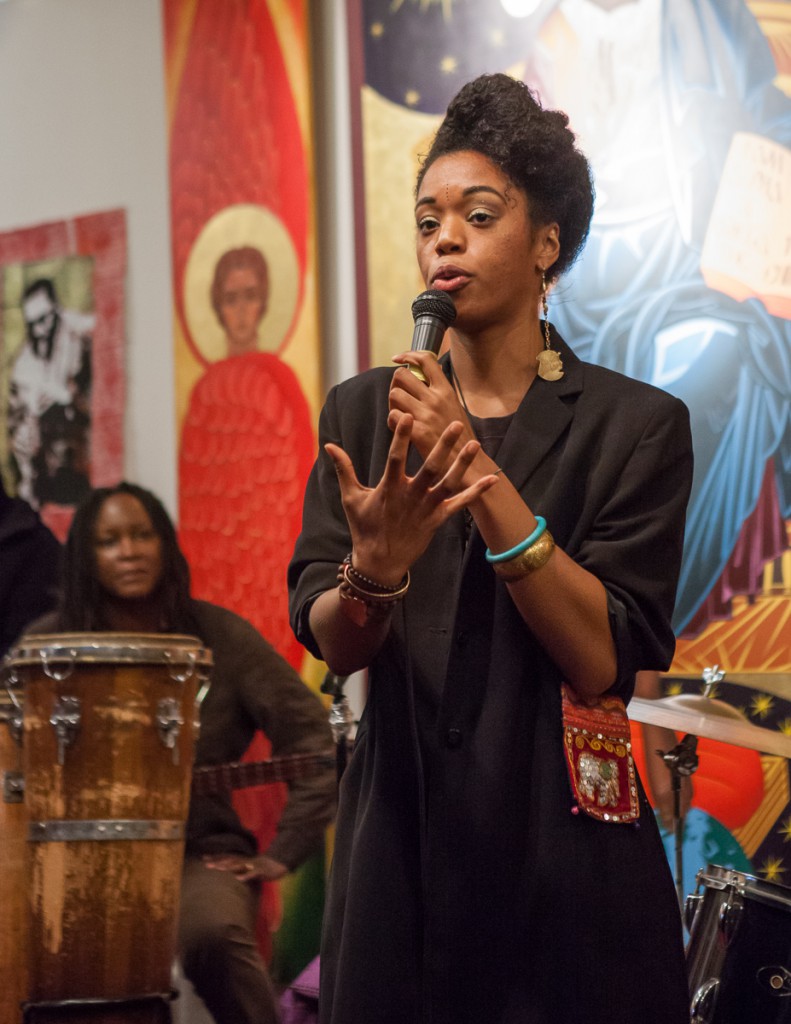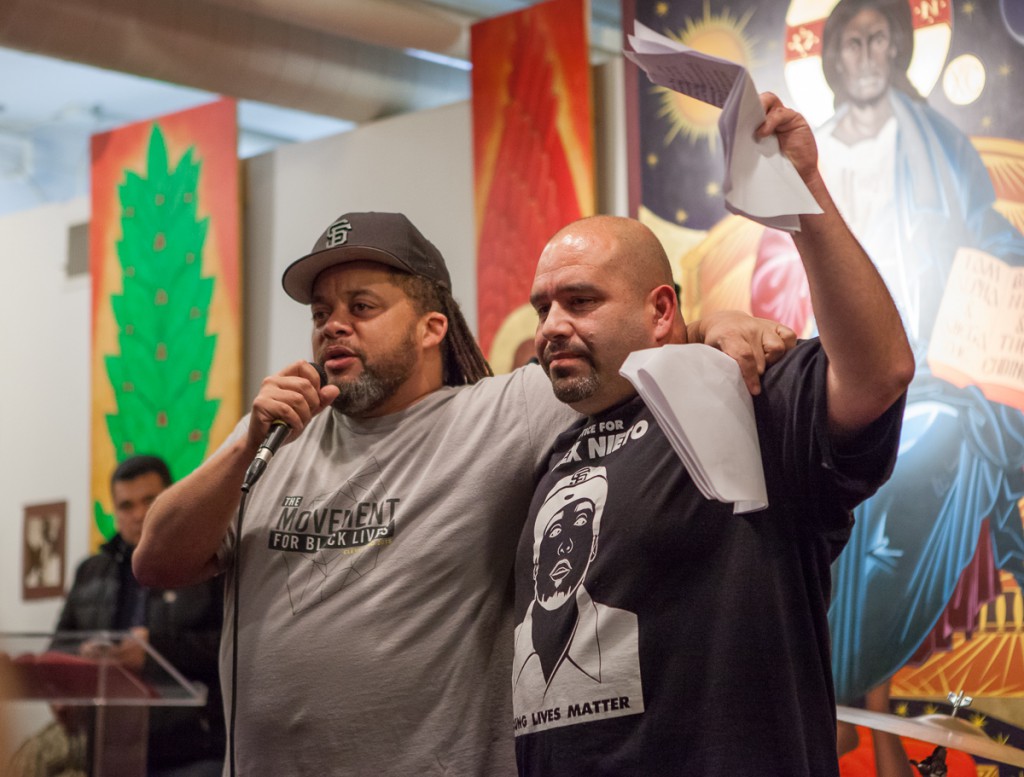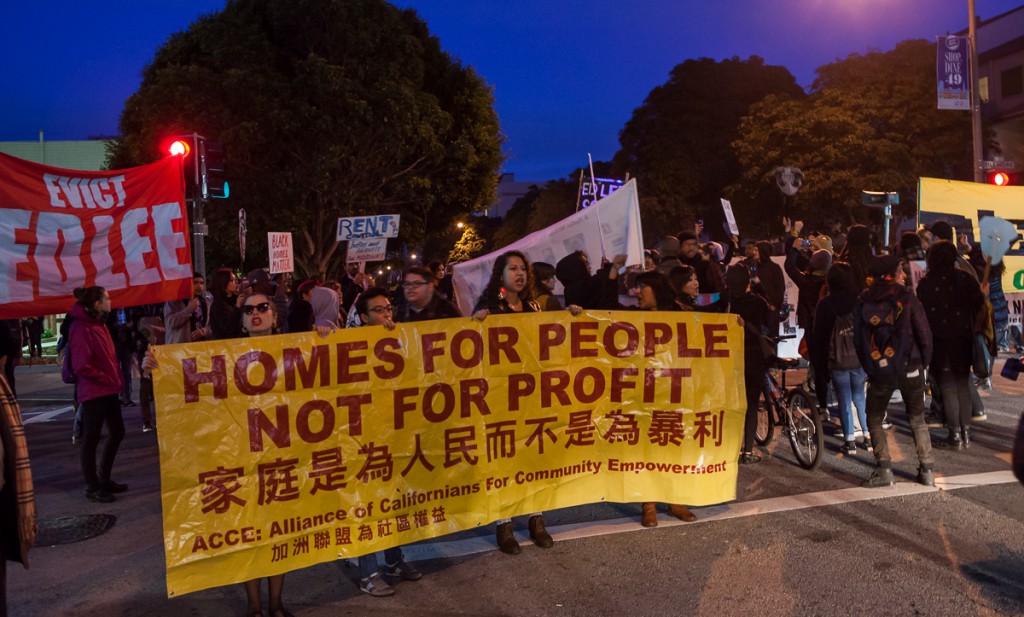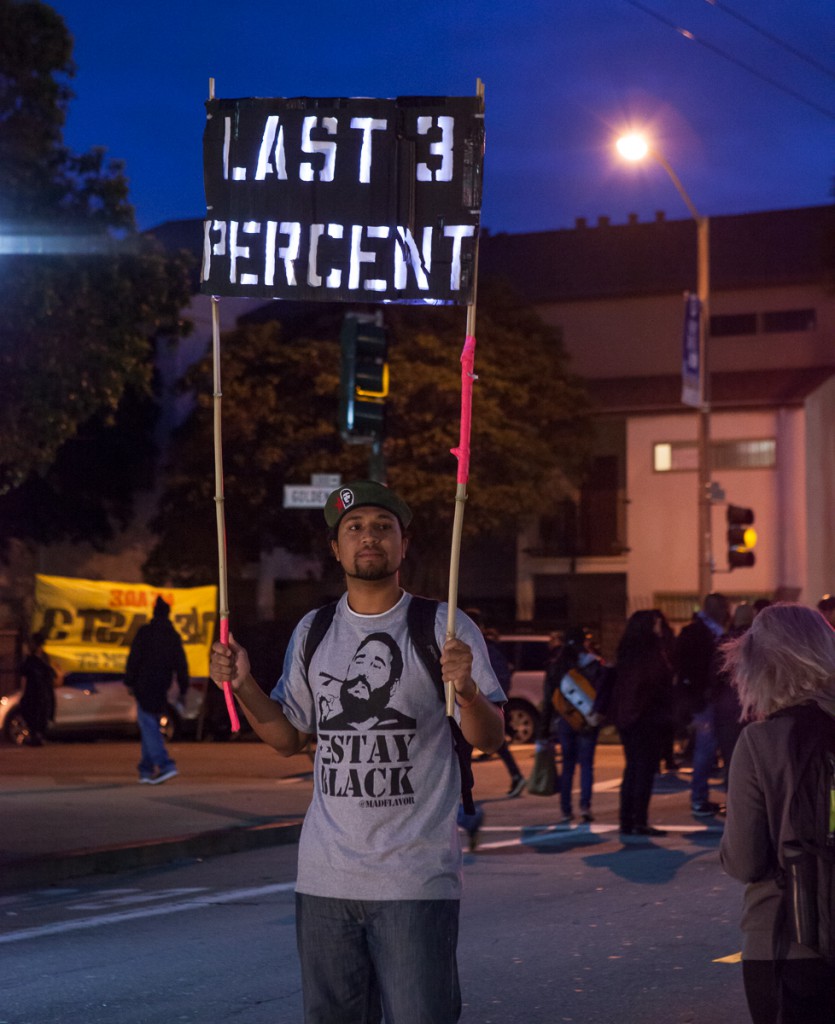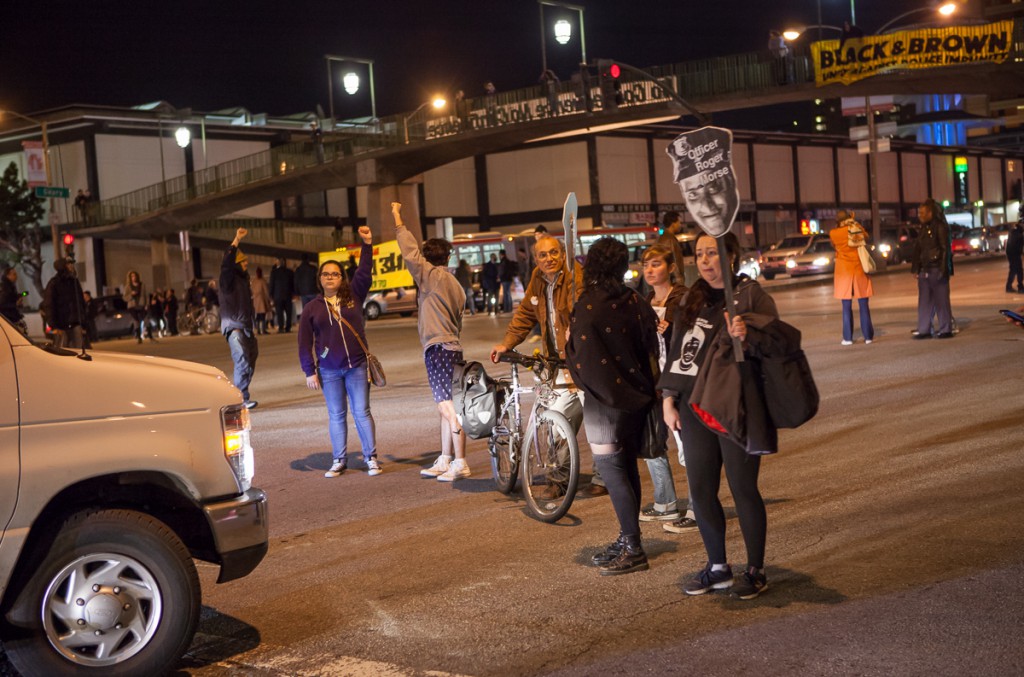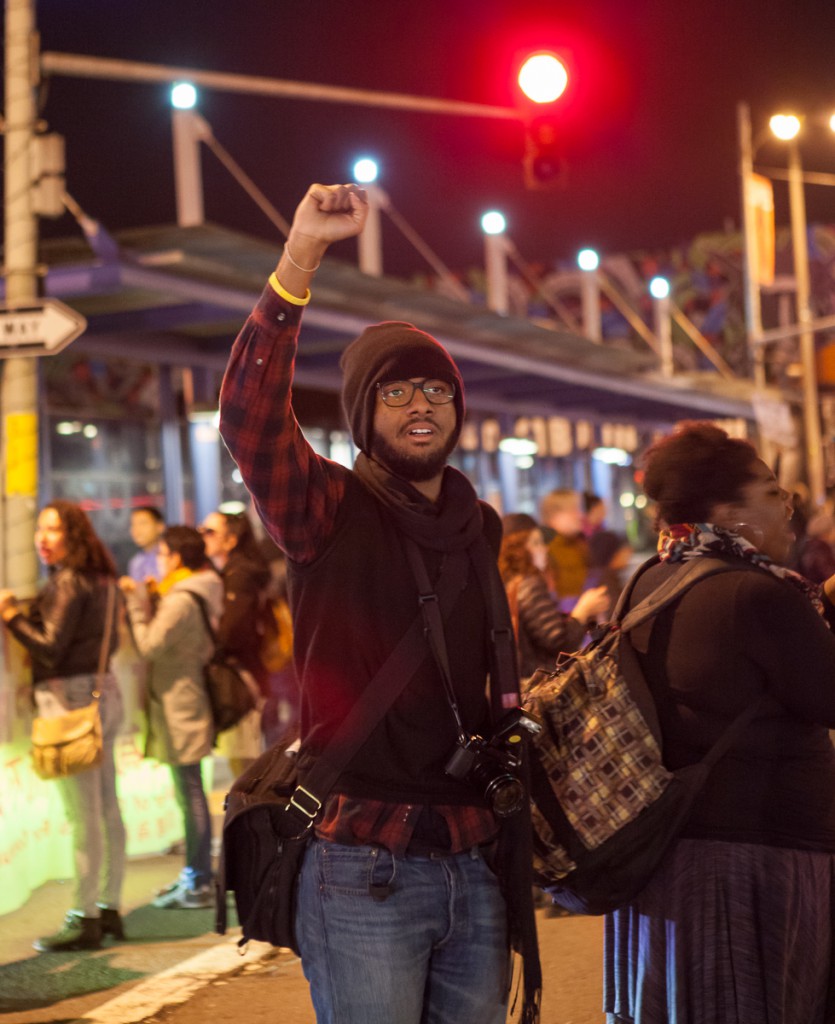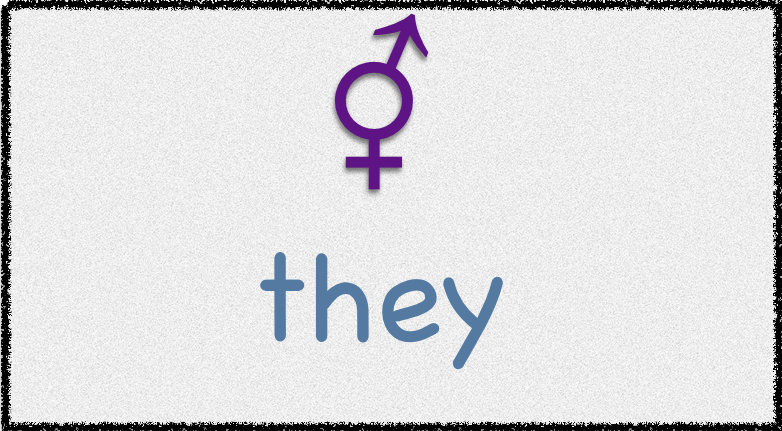Whenever I meet someone new, one of the questions I dread answering is “What do you do for a living?” It’s been over seven years since I could give a confident answer to that question.
In the weeks leading up to leaving full-time employment in October 2008, I was literally breaking down in tears at my desk. I had been paying into supplemental disability for the entire 15 years I’d worked at the University of California, but I was too proud to take it. Surely my depression didn’t count as as an “illness”; I was just weak and lazy. Maybe I just needed a change after doing M-F, 8-5 office work for so long, having taken no more than two consecutive weeks off that whole time. (Though thanks to UC’s generous – by USA standards – benefits, I was earning 14 hours vacation leave per month by the time I left.)
I quit my web development job, and formally launched my event photography business. I never expected to make a good living at it, but I hoped to at least pay my living expenses. It turned out that I was utterly unprepared for dealing with the competitiveness of the industry and the demands of self-employment, while coping with my own mental health issues. Without support from my family I wouldn’t have even been able to pay my rent.
I was frustrated and defeated. I’d been in the role of provider for so long that it was humiliating to be supported by others. Having internalized respectability politics, I’d prided myself on being a black woman (pre-transition) who made more money than either her first or second (current) white husbands. Now my white husband (Ziggy) was paying most of my living expenses. At one point when we had a financial crisis, I came very close to making a suicide attempt. I felt worthless and trapped.
I gave up on the business in 2012; I continued to license and shoot photos occasionally, but stopped taking on new gigs. I asked Ziggy if I could just do volunteer work, as by this time he had a high enough salary to support us both comfortably (as long as we retained our rent-controlled apartment). I’d already been volunteering for some time with Food Not Bombs, an organization that was right in line with my ethics, and started growing and distributing free produce with the Free Farm, Free Farm Stand , and Alemany Farm as well after my local FNB serving went on hiatus. Ziggy was concerned that I’d have a lack of self-esteem if I didn’t have a paying job, but agreed that I could try increasing my volunteer work for awhile.
So I volunteered with these organizations, up to around 15 hours a week on-site plus various web and social media duties. I felt good about doing work that helped the community and was in line with my values, but I also felt incompetent. I’ve never had a “green thumb”, and after months of gardening still required guidance to do even the simplest tasks.
Then in 2013 I began experiencing significant gender dysphoria, resulting in a name and gender change and, soon after, hormone therapy. It became increasingly difficult to work in public when I was constantly being misgendered. I was often working outdoors in the sun and heat, but was constantly self-conscious about my breasts showing, which hampered my ability to wear comfortable clothing. I also had to deal with fear every time I wanted to use a public restroom.
I ultimately stopped doing the volunteer work, and again felt worthless and defeated. Meanwhile my photography business name registration had come up for renewal, and since I needed to update my own name on the license, I had to decide whether or not to just shut the business down completely. I’d been funding a few independent artists on Patreon, and thought that maybe if I could make a little money that way, I could keep the business going. The idea of being supported directly by patrons rather than by ad revenue or affiliate links appealed to me.
So I relaunched Funcrunch Photo with my new funding model in the summer of 2015. I explained that supporters of my Patreon account would be funding me as both a writer and a photographer, though the money would go to covering my photography expenses. I wanted to emphasize that I cannot separate my work from my life and values; I’m not just a photographer, I’m a queer black trans vegan atheist, and unapologetic about it.
So here’s where I am now. I’m spending most of my time at home because the depression and dysphoria have worsened to the point that I really don’t want to be around anyone most of the time. My therapist and I amicably parted ways a few months ago, as he felt he could not help me any further unless I were willing to take medication or try other interventions that were not appealing to me. The last of three anti-depressants I tried face-planted me on the sidewalk with a grand mal seizure, so I’m not willing to get on that merry-go-round again. I am looking at non-pharmaceutical alternatives.
My therapist did convince me that I have a real illness and am not just lazy, but I still have feelings of worthlessness every single day. I know that my words have helped people, but I also know that many people don’t take blogging seriously. I feel that I can make a difference with my words and photos, but in the back of my mind I still can’t help feeling that if I’m not financially self-sufficient, I’m a failure.
I try to remember my own work situation when I meet someone. Instead of asking what they do for a living, I might ask “What do you do when you’re not [doing whatever we’re here doing at the moment]?” I’m not “funemployed” and I’m not on disability (though maybe I should be). I’m just trying to get through each day at this point.


